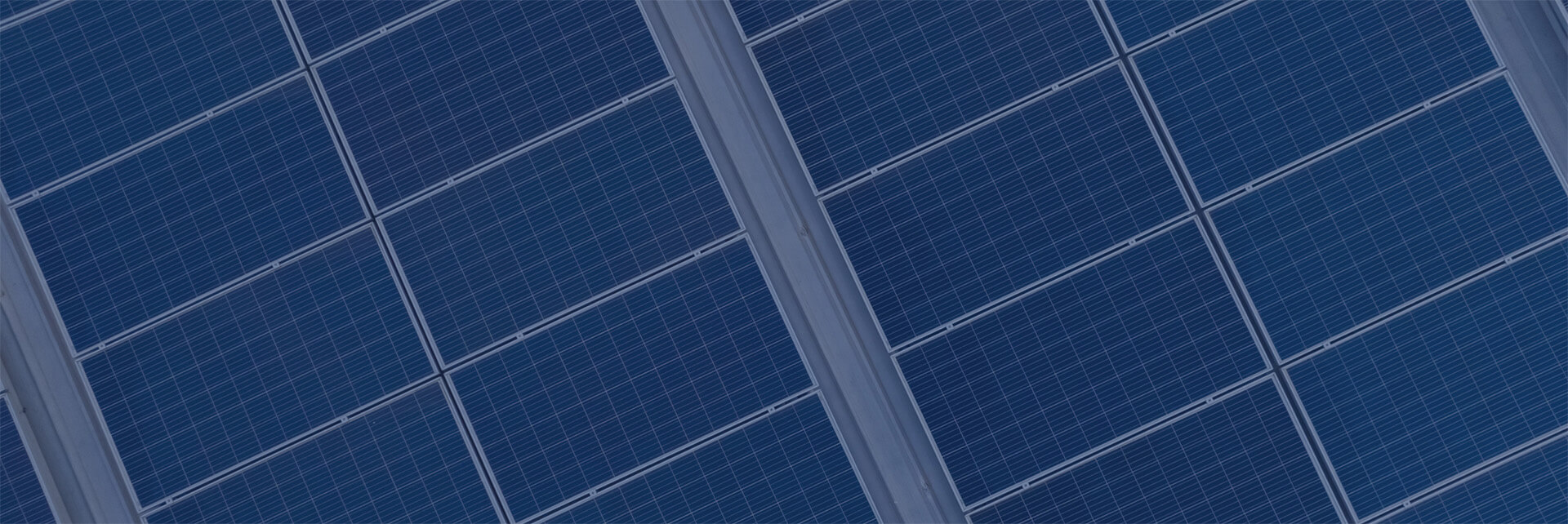Equalization is a process of controlled battery over-charging. It is used as a routine maintenance activity and a remedial activity for flooded lead acid batteries. It is part of the multi-stage charging process.
Lead acid batteries suffer from ‘sulfation’. This happens when the sulfuric acid inside the battery cells form tiny crystals on the lead battery plates, thus blocking that part of the plate from activity and reducing battery capacity and performance.
Over time and depending on the conditions of use, lead acid batteries can become very sulfated and operate at only a fraction of their rated capacity.
To avoid this, a flooded lead acid battery bank should be equalized on a periodic basis. This process will clean off those crystals, returning that battery plate surface area to action. The optimal frequency of equalization will depend on several factors, but most seasonal cottages should be equalized a couple times per year and full time homes ~4 times per year.
Many solar charge controllers have the ability to auto-equalize; this can be a reasonable option and they can be set to do a short duration equalization (ie 1 hour) every 30 to 60 days. Consult your charge controller and battery manuals for more details. Note that auto-equalizing is not a replacement for regular inspection of specific gravity levels and also note that excessive equalization, beyond what is needed to maintain battery health, can reduce battery lifespan.
A well designed system should be able to equalize from solar only, but depending on the season and other house loads you may need to run solar + generator to get a good equalization.
When a battery bank becomes heavily sulfated it needs aggressive equalization. This is called ‘corrective equalization’. Corrective equalization involves charging the battery bank with a very high voltage, much higher than it would see in normal operation or even during routine equalization. The battery bank will get hot and it must be actively monitored to ensure that it does not exceed safe operating temperature. Doing so could permanently damage the batteries. A very heavily sulfated bank may required multiple corrective equalization cycles spread over several weeks.
All equalization will be accompanied by the production of battery gasses. A flooded lead acid battery bank should have active ventilation to the outdoors to prevent those battery gasses from accumulating inside.
It is possible to over-equalize! The process of equalization can lead to aging of the lead plates inside the batteries, so over-equalizing will reduce battery lifespan.
When to equalize
Any decisions or actions regarding equalization must be done with a fully charged bank. Specific gravity measurements of a depleted bank will not be indicative and an equalization charge cannot start until a bank is fully charged.
The best way to judge when equalization is needed is based on specific gravity (SG) readings of the acid in your battery cells. If the SG varies across cells by more than 0.015 it’s probably time to equalize. This variation is over and above the original variation present from manufacturing. So if your original SG readings, when the bank was new, varied by, say, 0.010 (highest minus lowest) then equalizing would be indicated when the SG variation from highest to lowest reaches 0.025 (ie 0.010 + 0.015). Equalization should then bring the variation back to the original level; in our example that’s 0.010.
How to equalize
Consult your charger manuals and follow the directions there. Record specific gravity before you begin. Expect the batteries to bubble and emit gas; be sure your battery compartment is ventilated to the outside. Monitor the bank during equalization. Batteries will warm up during equalization but excessive heating is a sign of problems. Measure specific gravity during equalization; monitor several cells. The SG will rise. when it stops rising across all your sample cells the equalization is finished so you can turn equalizing off.
A heavily sulphated bank may take hours to equalize. Note, also , that equalization of the cells will continue after you’ve stopped the equalization charge – it may take several charge cycles for SG readings to settle. For this reason, it’s best not to tackle heavily sulphated banks with multiple back-to-back equalization charges. Put several charge cycles between equalization attempts.
